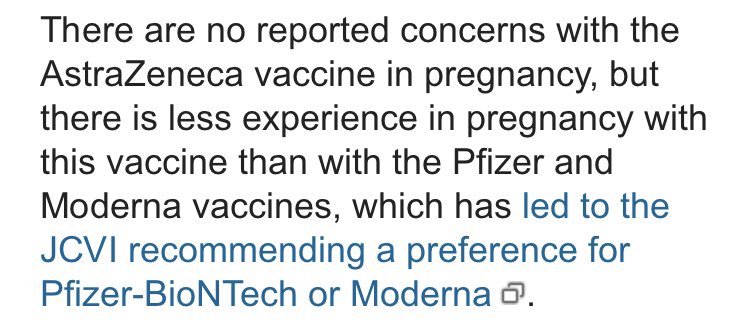
@beverleyturner @toadmeister To tackle your first tweet first. I think you are talking about the data submitted by Pfizer to the Japanese regulator? That Bryan Brindle has recently had a lot to say about? It's here... 1/
byrambridle.com/docs/bio-dist-…
byrambridle.com/docs/bio-dist-…
@beverleyturner @toadmeister First, it's important to note that Bridle (oops, I gave him an "n" above!) is not the inventor of these vaccines. He is actually working on a rival vaccine.
But in any case, a lot of what he says just isn't true. I talk more about this here... 2/
But in any case, a lot of what he says just isn't true. I talk more about this here... 2/
https://twitter.com/VikiLovesFACS/status/1403664329937981446?s=20
@beverleyturner @toadmeister It's also worth noting that the biodistribution data we're talking about here is radiolabelled lipids, not (necessarily) vaccine. 3/
@beverleyturner @toadmeister The data submitted to the regulator does actually have a component showing us where (vaccine) protein ends up, and it's mainly the injection site and liver, as expected. 4/ 

@beverleyturner @toadmeister Finally, it's worth noting that even that lipid data has been plotted without the liver and injection site, which makes it look like there's more in the ovaries than there really is. If we replot with all the data, it looks like this... 5/ 

@beverleyturner @toadmeister I hope this sets the biodistribution data in context for you. Now onto your second point... 6/
@beverleyturner @toadmeister I guess I can talk to this personally, as someone who is young enough (early 30s) that I'm not very likely to die if I catch COVID. Why did I choose to get the vaccine? 7/
@beverleyturner @toadmeister I think we should first acknowledge that the chance of serious outcomes (intensive care etc), though smaller in younger people, is not non-zero. At the time I got my first dose 7/100,000 people my age were being admitted to intensive care every 16 weeks. 8/ 

@beverleyturner @toadmeister This is not 7/100,000 people who got COVID, by the way, this is *everyone* my age (which takes into account the chance of getting COVID in the first place). So yes, avoiding that did factor into my decision-making. 9/
@beverleyturner @toadmeister But what's more likely to happen to people my age? Long COVID, which affects about 1/50 people. That would stop me working and looking after my family, maybe for months. For me, that was the thing I really wanted to avoid. 10/
@beverleyturner @toadmeister Also, there are people I love who are either vulnerable or not eligibile for vaccination who I don't want to infect. I also got vaccinated partly to protect them. 11/
@beverleyturner @toadmeister So these are my reasons as a young(ish!) person for getting vaccinated. Some people have different lives and will not maybe worry so much about the possibility of being incapacitated, or of infecting their loved ones. That's up to them. 12/
@beverleyturner @toadmeister But I personally was really glad to have the option to protect myself and my family by getting vaccinated, so I did. And I'm pleased that the government is giving young people the option to get vaccinated. 13/
@beverleyturner @toadmeister Now I see absolutely loads of chat on this which I'm sure will be really interesting, but I do have to go and examine some students now (vivas). But I will do my best to get back to any more questions later. 14/14
@beverleyturner @toadmeister PS. Sorry I forgot to mention in response to your point about mRNA vaccines being new that they were first trialled in humans in 2006, so we do have about 15 years of follow-up on the platform. Nice piece about the history of mRNA vaccines here...
nature.com/articles/nrd.2…
nature.com/articles/nrd.2…
• • •
Missing some Tweet in this thread? You can try to
force a refresh







